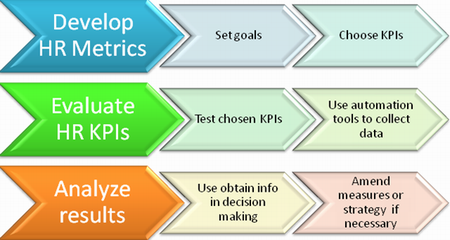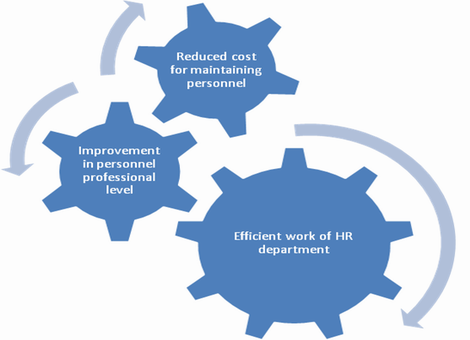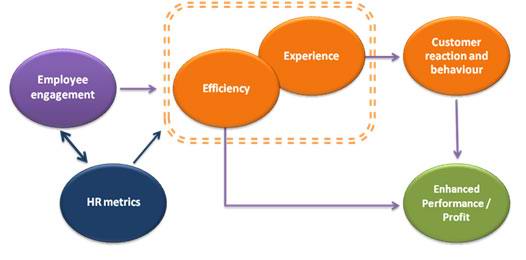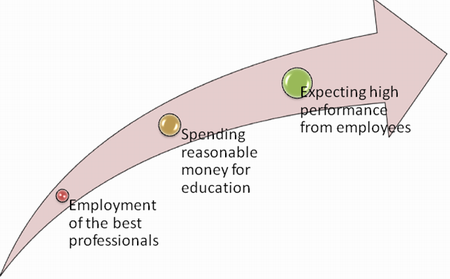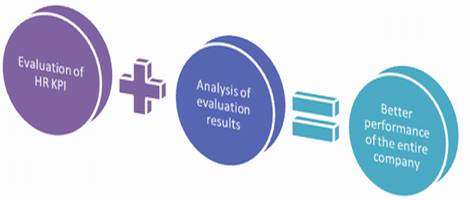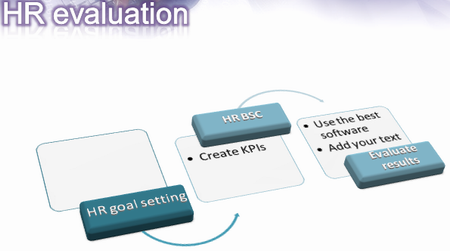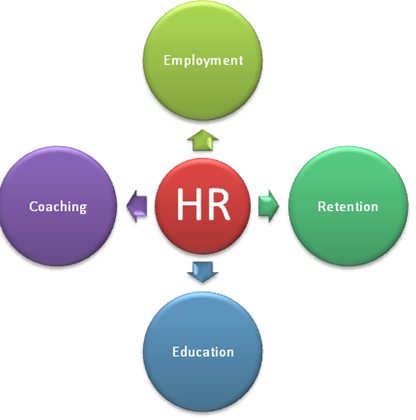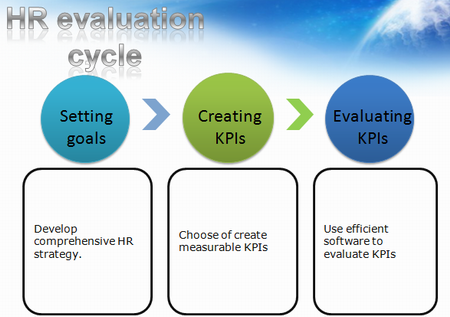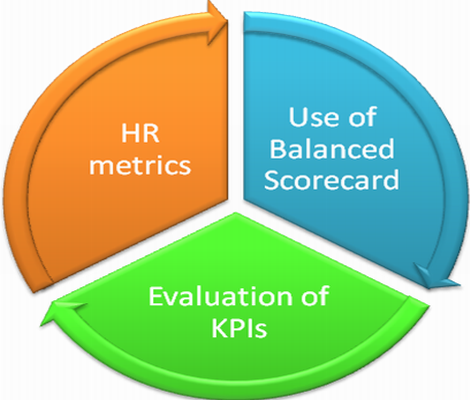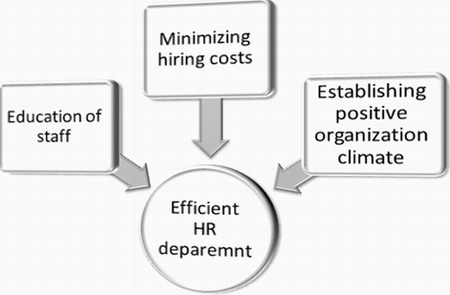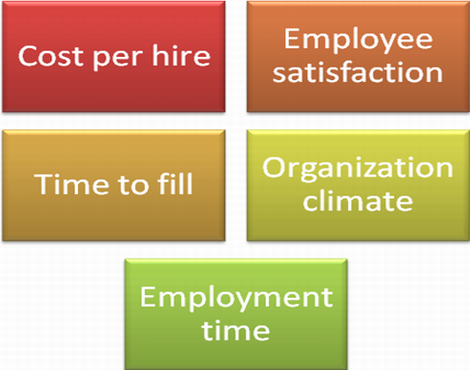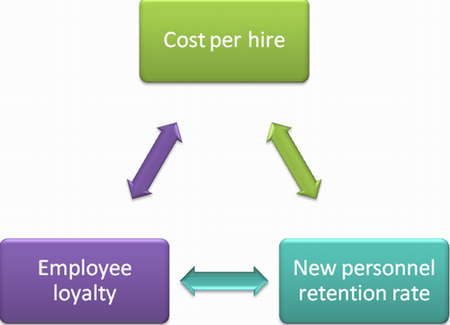If you are a professional HR manager, who works for a reputable company, then you have firsthand knowledge of how difficult it is to evaluate the performance of the human resource department. On the other hand, you definitely realize the importance of doing that. Consequently, you do not have any other choice, but to look for the most effective tool that will simplify this challenging procedure for you and help make everything clear.
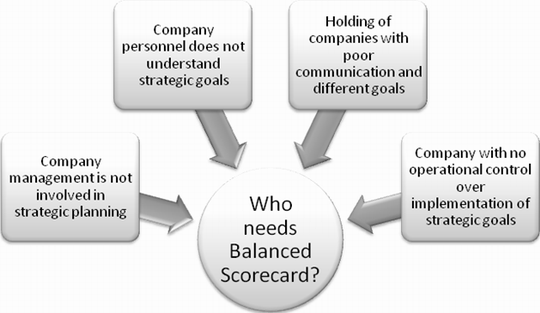
HR metrics may prove to be extremely helpful to you in this situation. Still, you will not get the desired result if you do not manage to select the most essential indicators that will be critical for the company’s business development. There is no doubt about the fact that it is not easy to decide what exactly you need to measure. Furthermore, it is simply impossible to evaluate each human resource activity even if you passionately wish to do that. Actually, measuring all the activities is not even necessary. Therefore, you do not have a better option than selecting the most important HR metrics with regard to your business goals. For instance, you can easily assess the efficiency of recruitment strategies, compensation and profits, training and development and general performance management. If you cope with these four tasks successfully and get only positive results from each of these aspects , then you may be one hundred percent sure that it will lead to the improved productivity of your company.
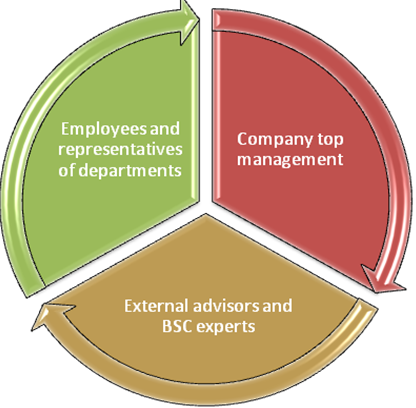
As soon as you have the HR metrics on hand, you will need to present them in the most convenient way. The Balanced Scorecard system will appear to be helpful to you in this respect. Actually, you should know that each metric has a very important meaning for the analysis of the company’s functioning. This is because they provide a connection between human resource activities and your business goals. As a result, properly adopted HR strategies will ensure quicker and more effective accomplishment of the company’s objectives.
As far as the basic aim of implementing HR metrics is productivity, it is of paramount importance to realize this even prior to thinking over the most essential performance indicators. When you feel that you are ready to set up the metrics you have chosen, do not hurry to do that. Otherwise, you run the risk of overlooking significant aspects. It is highly recommended that you should have a strategic plan of their implementation, since this is the most reasonable way to make sure that your HR department really adds value to your company.
